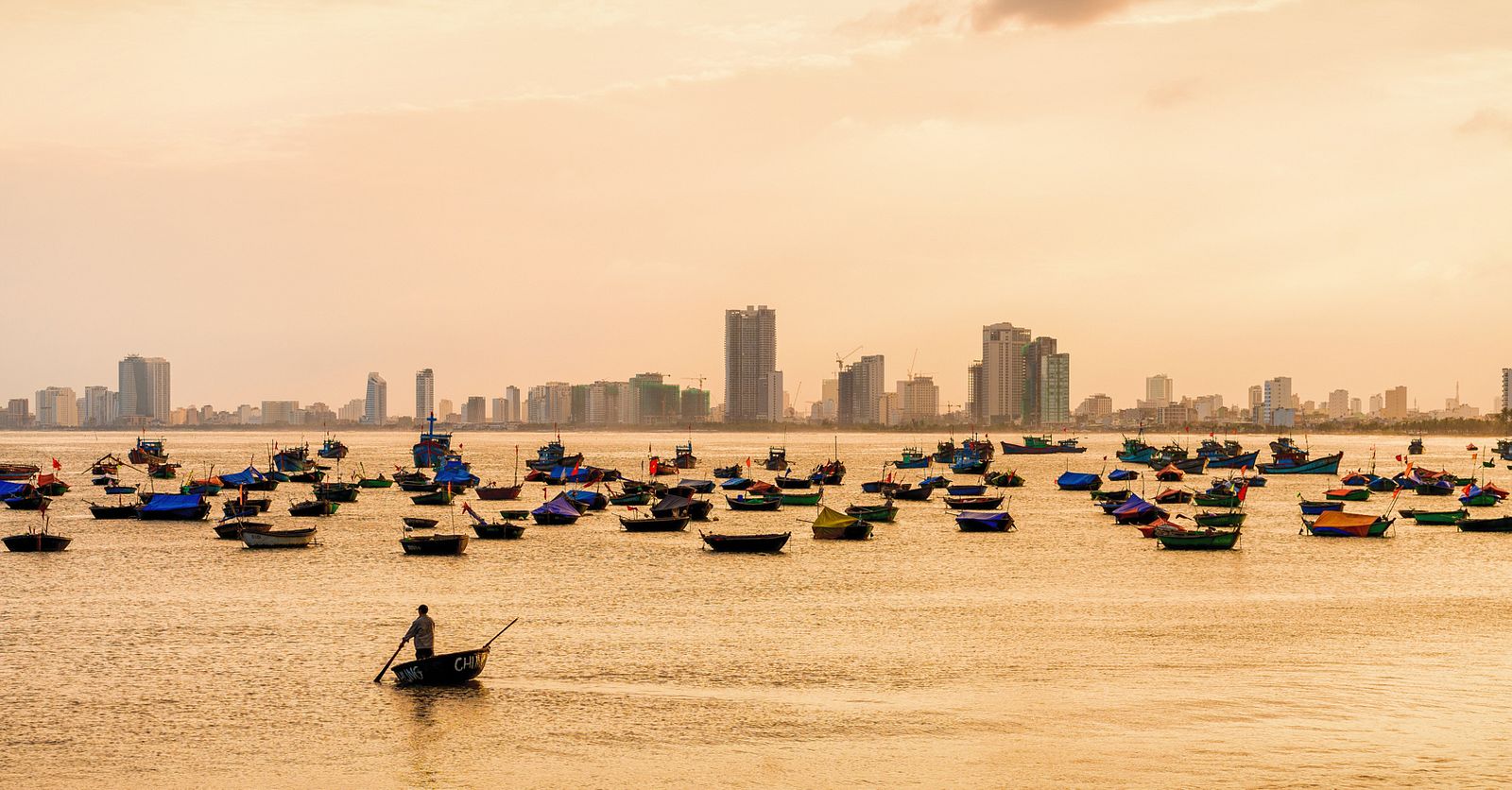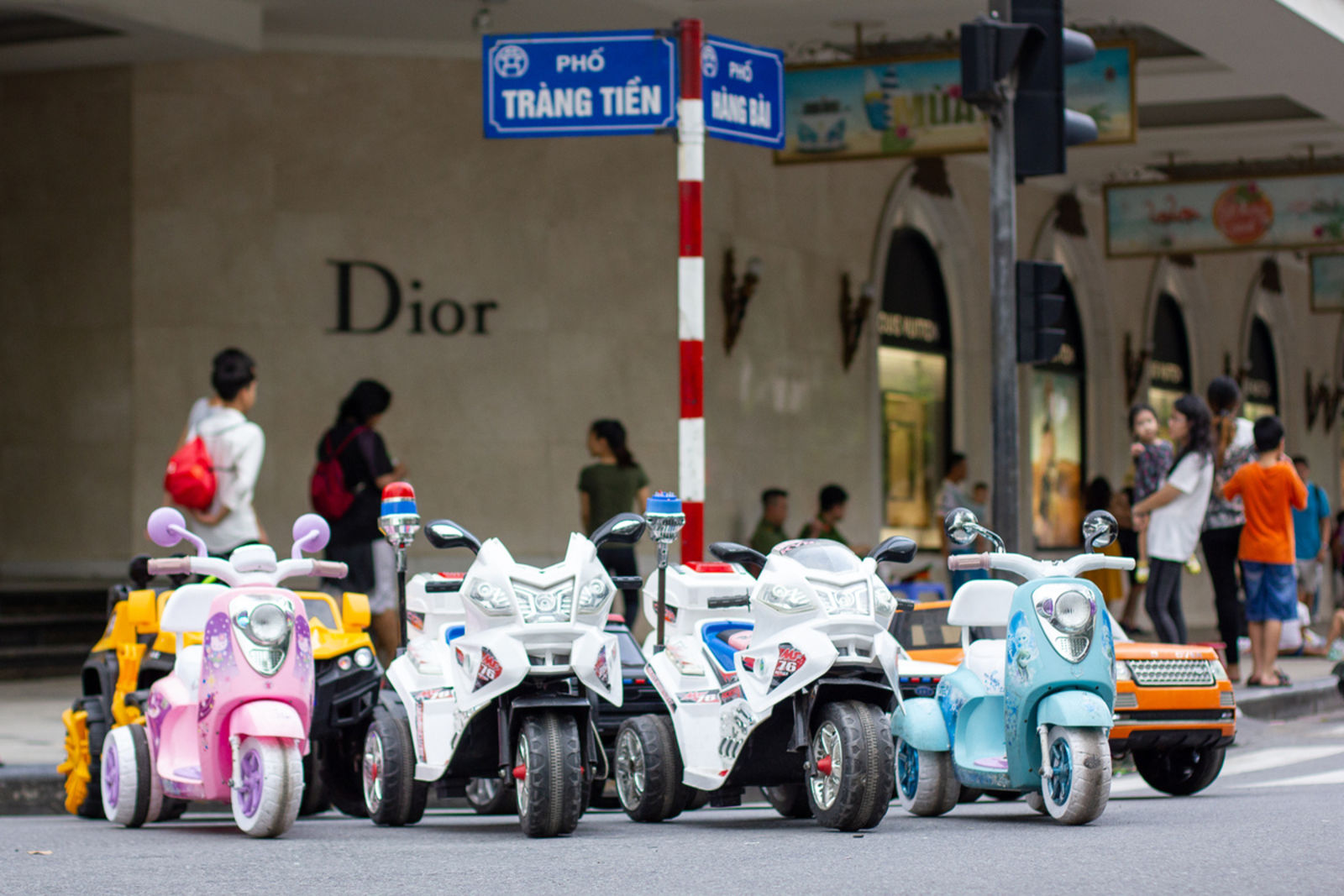The most recent Tết holiday witnessed an outstanding performance by Vietnam’s domestic tourism sector, while international tourism had a year of underwhelming figures.
If you’ve ever wondered why Saigon streets are noticeably less jammed than before, it was probably because everyone and their mother were gallivanting elsewhere in the country on vacation. Statistics from Tuổi Trẻ show that about 9 million tourists visited sites in Vietnam during the extended holiday while hundreds of thousands of others spent their Tết abroad. This amounted to a 50% increase compared to 2022.
According to industry insiders, the longer-than-usual break allowed Vietnamese to spend more time on the road, while many Vietnamese overseas also picked this Tết to be their first visit home after years of pandemic separation.
These optimistic results for the domestic market are not surprising considering Vietnam’s impressive growth in 2022. We ended the year with 101.3 million domestic tourists, 168.3% more than the target and surpassing the previous peak of 85 million achieved in 2019, reports VnExpress.
Two years of COVID-19 made Vietnamese travelers and tour operators turn their attention inwards to develop and enjoy domestic travel products while public health regulations made it costly and inconvenient to venture abroad.
Elsewhere in the international market, 2022 saw some growth compared to the devastation of pandemic years, but the end results both failed to reach the target and to measure up to pre-pandemic achievements.
Vietnam News reports that 3.36 million foreign tourists visited Vietnam in 2022, which was over 20 times compared to 2021, but much fewer than the 18 million of 2019 before the pandemic. The lackluster performance also fell short of the set goal to attract 5 million international travelers. Asia made up the majority of overseas travelers with 2.6 million tourists, followed by over half a million from Europe and nearly 400,000 from the Americas.
There are a few external causes of the underperformance, such as the significant decrease in Russian and Chinese arrivals due to the Russia-Ukraine war and strict COVID-19 restrictions, respectively. Both account for a considerable segment of Vietnam’s international tourism market on an average year.
However, according to VnExpress, several of Vietnam’s Southeast Asian competitors in the tourism sector like Indonesia, Malaysia, Singapore and Thailand have all reached their tourism goals in 2022. Experts point to Vietnam’s inhospitable visa policies compared to regional peers as a major factor leading to unsatisfactory tourism results. A lack of new tourism products has also turned tourists into the arms of competitors.
[Photos: The Đà Lạt Market is filled with domestic tourists on a weekend evening.]















